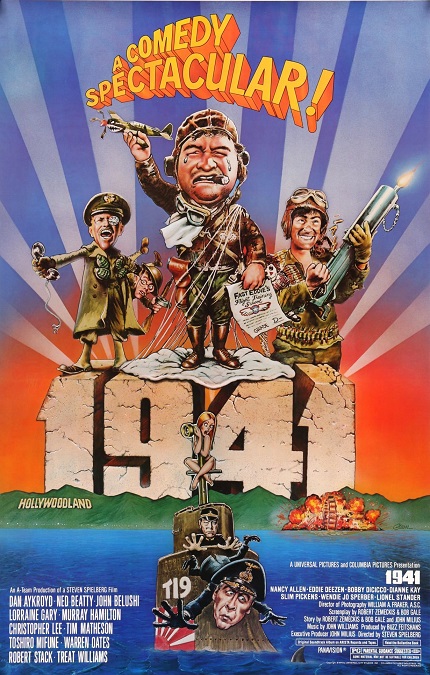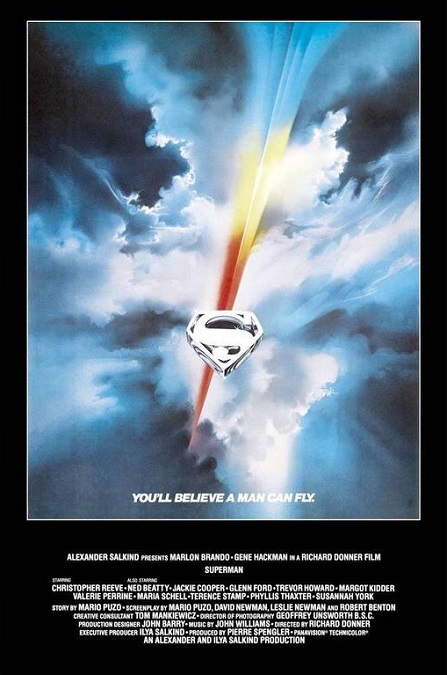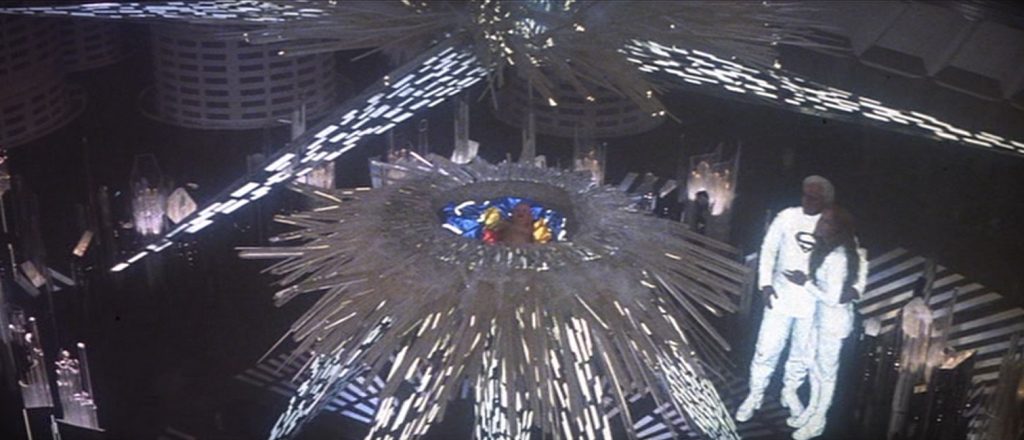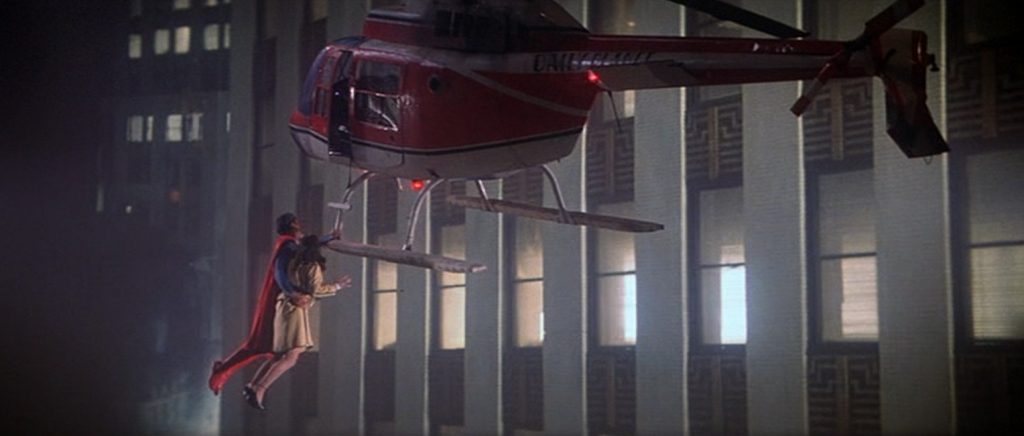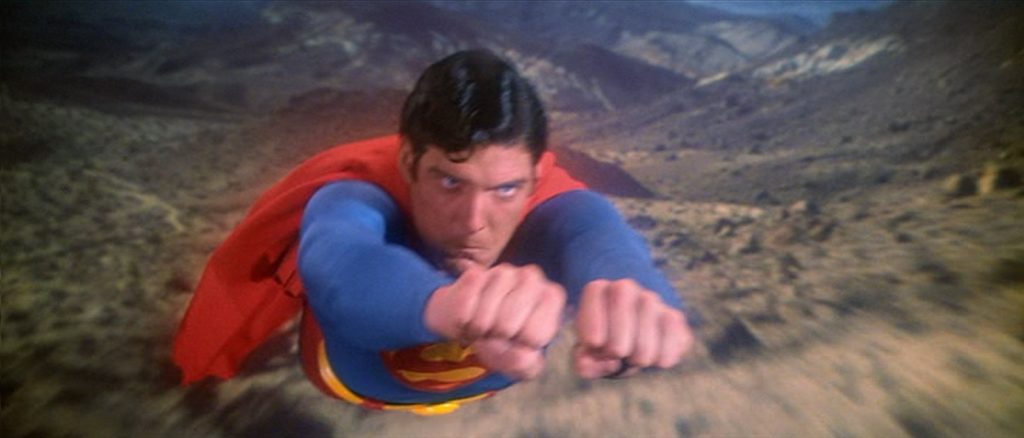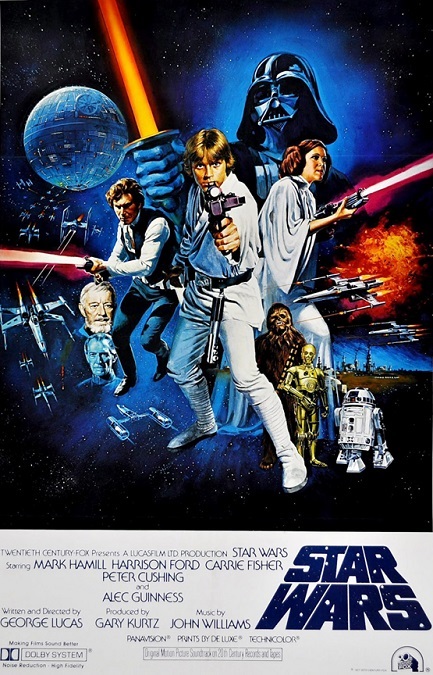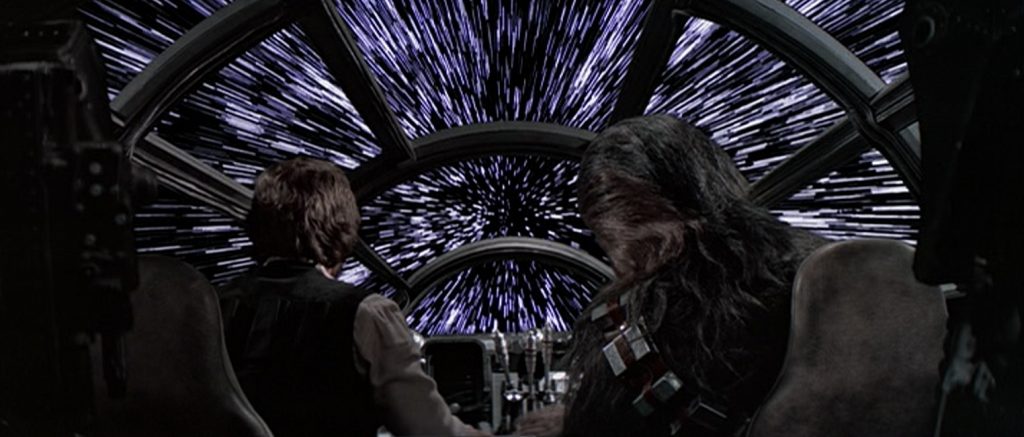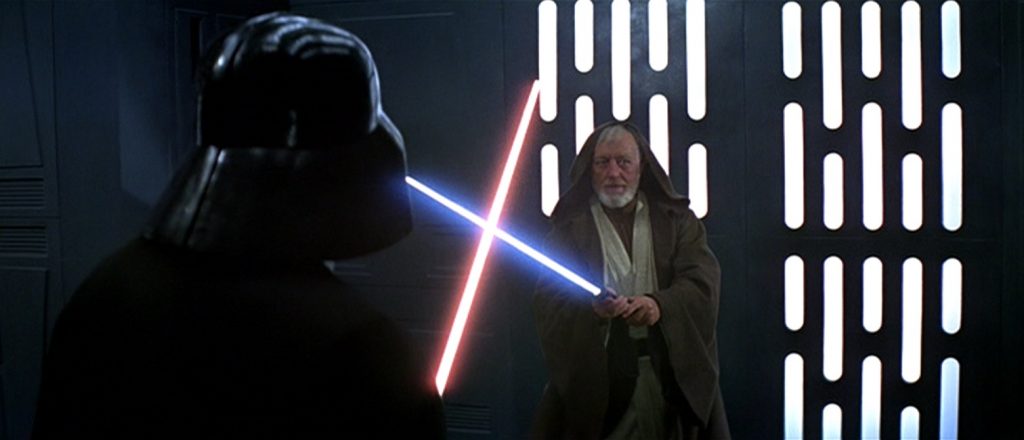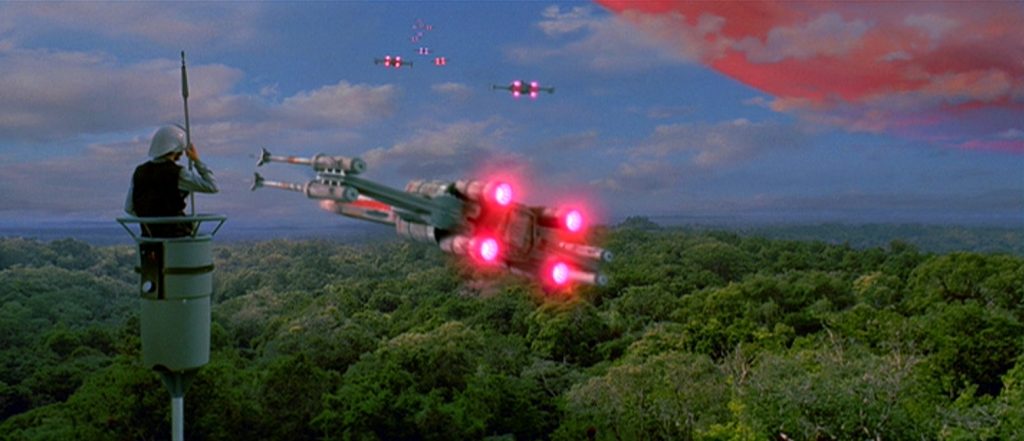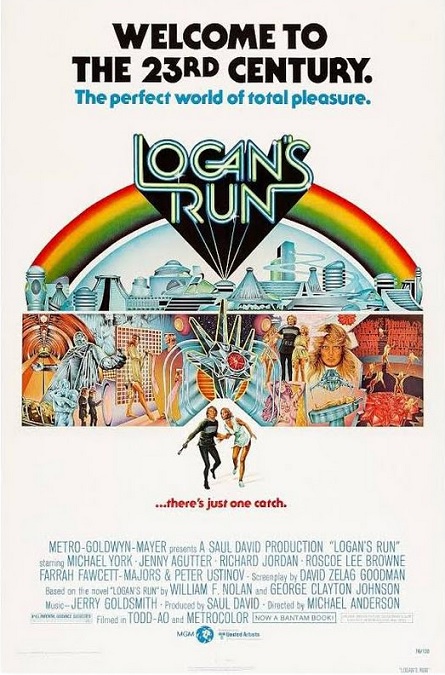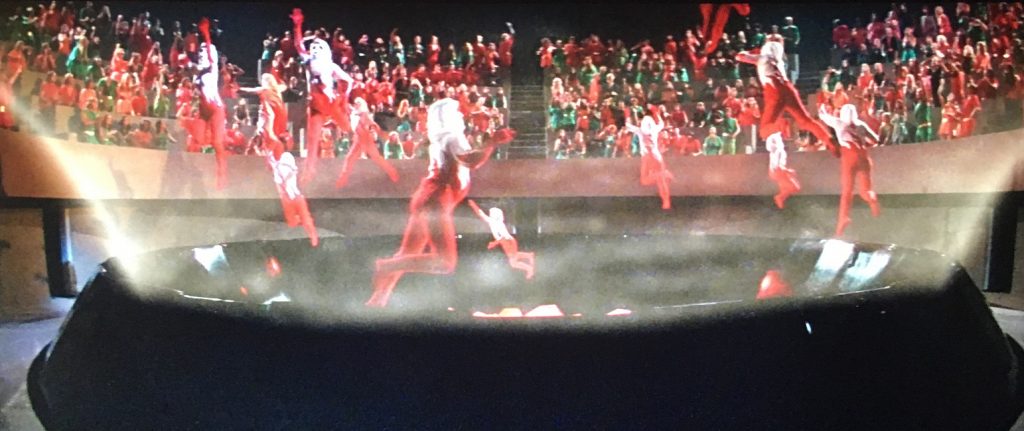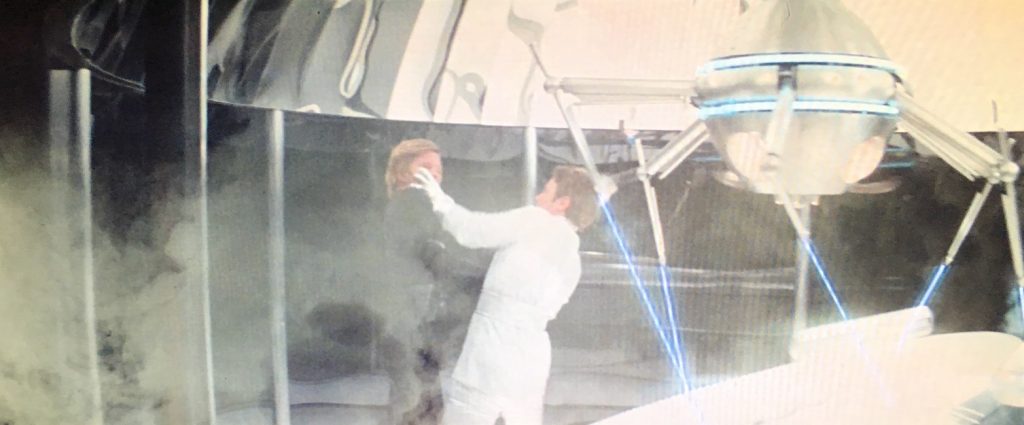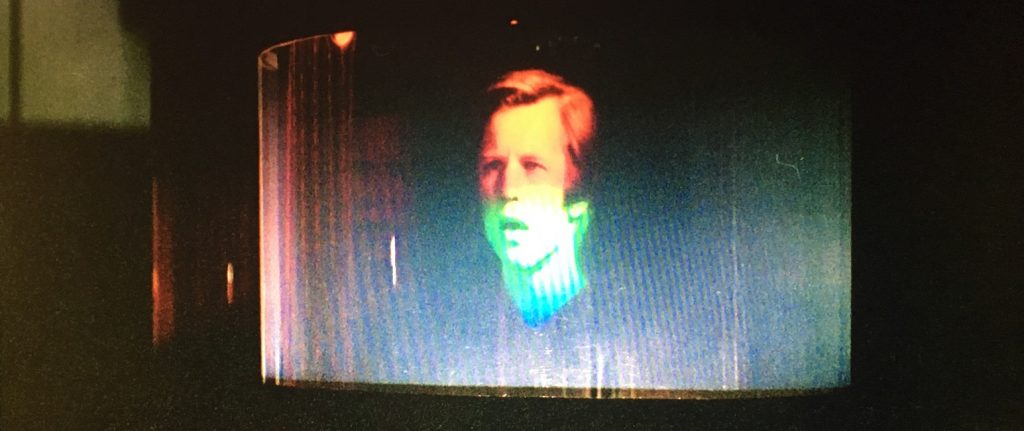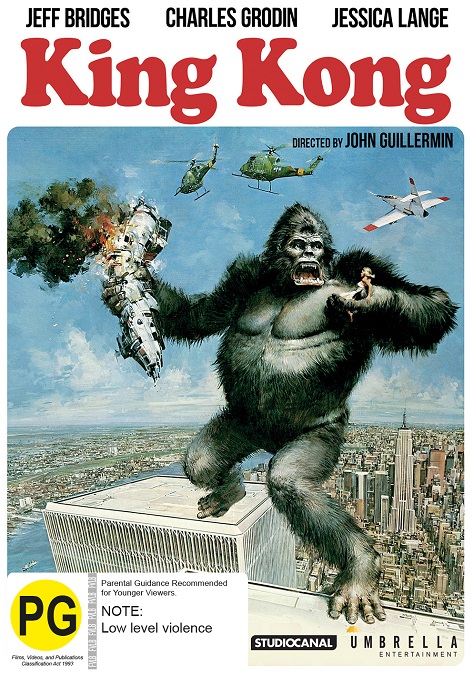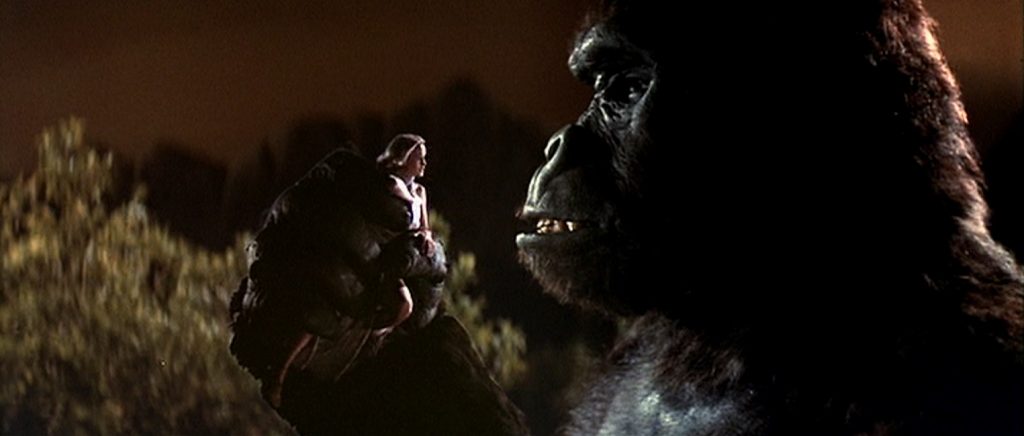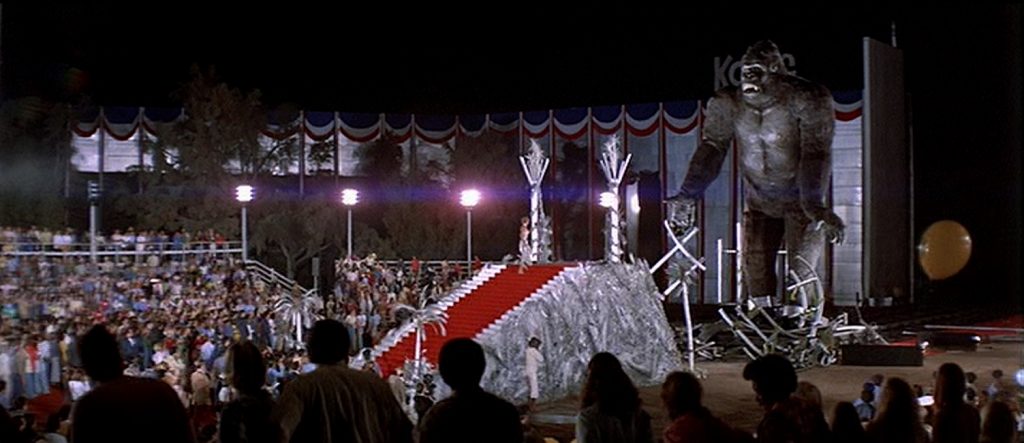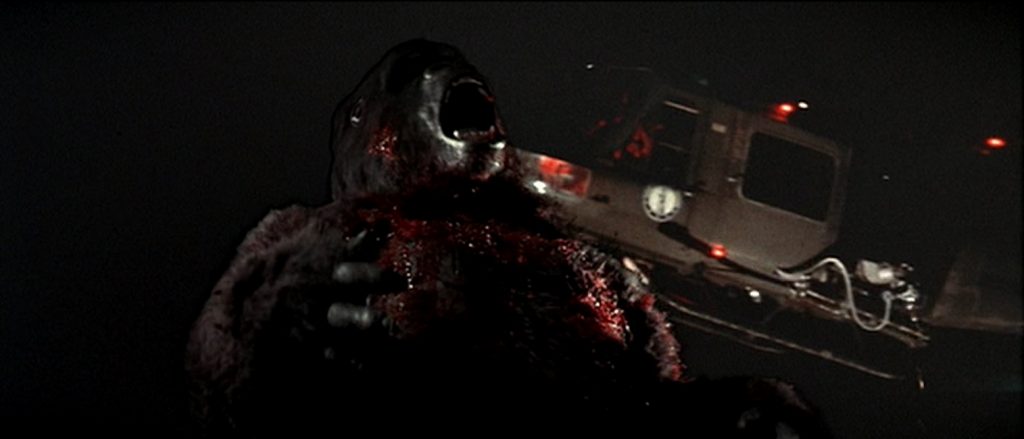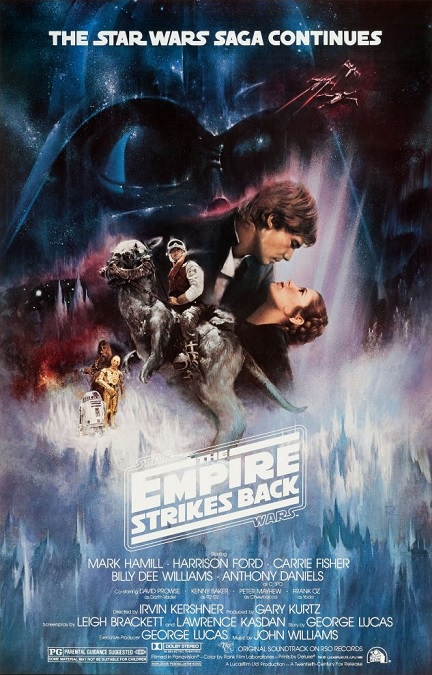
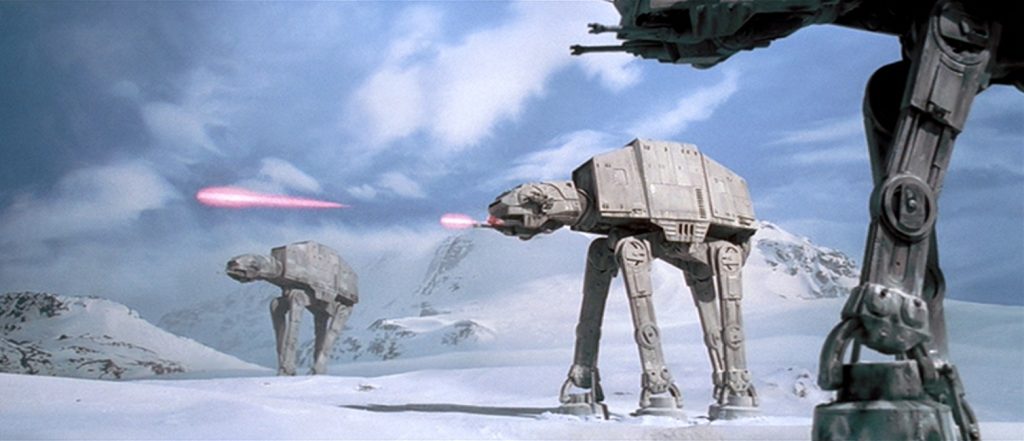
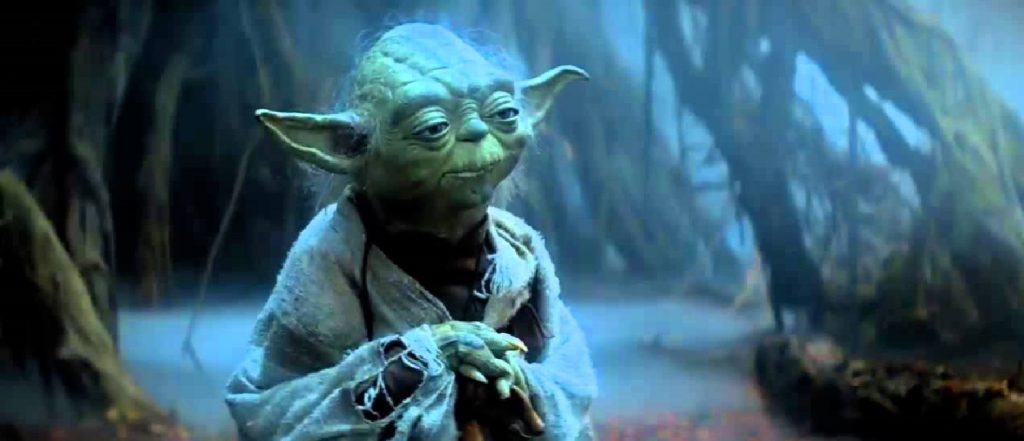
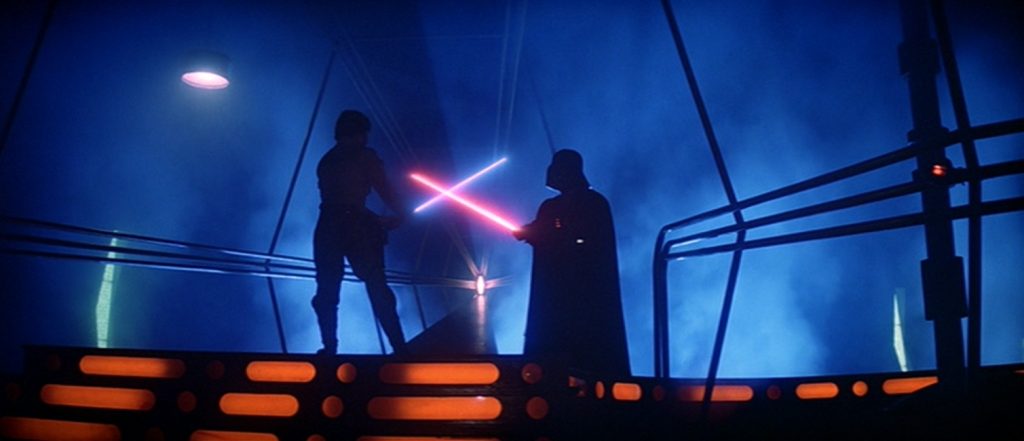
Star Wars: The Empire Strikes Back – 1980 (WINNER)

The Empire Strikes Back was the only film nominated for the Best Special Effects category in 1980, but I’d venture to say that even if it’d had some competition, it would have won anyway. Its effects were far superior to any other space fantasy film that cropped up in the wake of the original Star Wars. I happen to be a big fan of practical effects if they are done well, and George Lucas and the folks at Industrial Light and Magic, or ILM for short, really outdid themselves.
There were so many new technical innovations and an incredible amount of creativity that went into the special effects. Many of the film’s most memorable effects, the AT-AT walkers during the battle on the ice planet, Hoth, as well as the tauntaun creatures, were created using stop-motion animation. But the standard technique was improved by the invention of Go-Motion. It was a way of adding motion blur to the frame-by-frame effect, making it look so much more natural to the eye than the choppy stop-motion effects audiences were used to!
Also, the way the miniature space ship models were filmed was incredible. The chase scene in the asteroid field was phenomenal. The Millennium Falcon, the four TIE fighters, and every single asteroid had to be filmed using a moving camera attached to a computer, making it possible to perfectly replicate the exact same shots as many times as they needed. Multiple matching takes allowed them to composite all the different visual elements into seamless and realistic images.
And then there was Yoda. Ok, so we all know he was only a glorified Muppet, but he was more complex and realistic than any other puppet that had ever been created. His eyes moved like natural eyes. His ears moved, and even his forehead muscles seemed to have independent motion. All these detailed elements were combined, allowing the puppeteers to simulate a full range of emotions. It was really incredible. But the nearly immobile mouth really broke the illusion of reality for me. Its stiff motion was better than that of a standard Muppet, but only a little.
But there were many other perfectly crafted effects that were amazing. The rotoscoped light saber duel, which was pretty sedate in the first film, was kicked into overdrive here, becoming a fast-paced sword fight that was thrilling to watch. There were fantastic matte-paintings that created new and visually stunning worlds, landscapes, and backgrounds. There were brilliantly designed sets and insanely detailed miniature models that were a feast for the eyes.
Many consider this movie to be the best of film of the entire Star Wars franchise, and the fantastic special effects really went a long way to help elevate it to that status. I think the effects were all the more impressive because they were practical effects, as opposed to the amazing CGI used in modern films. Pretty awesome!




